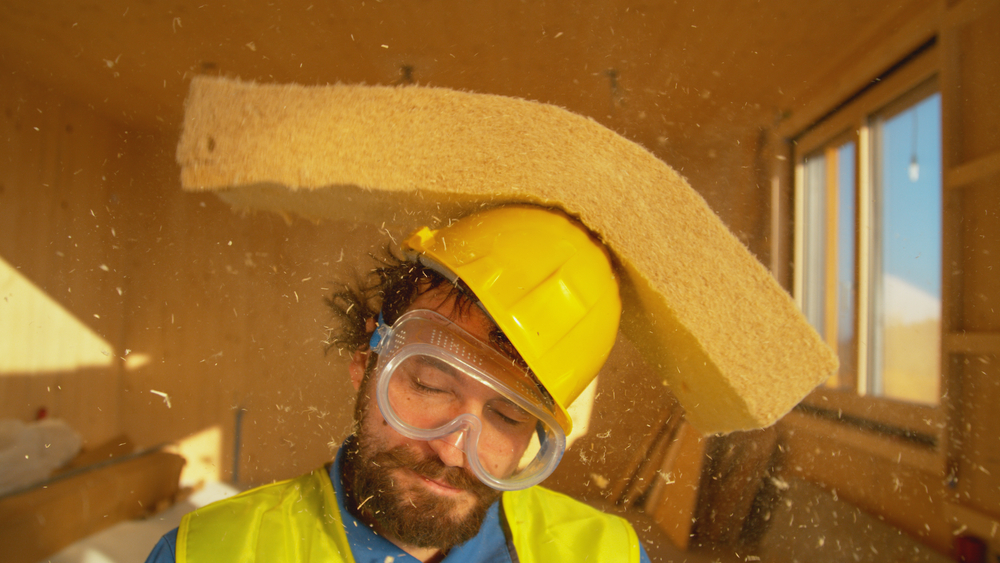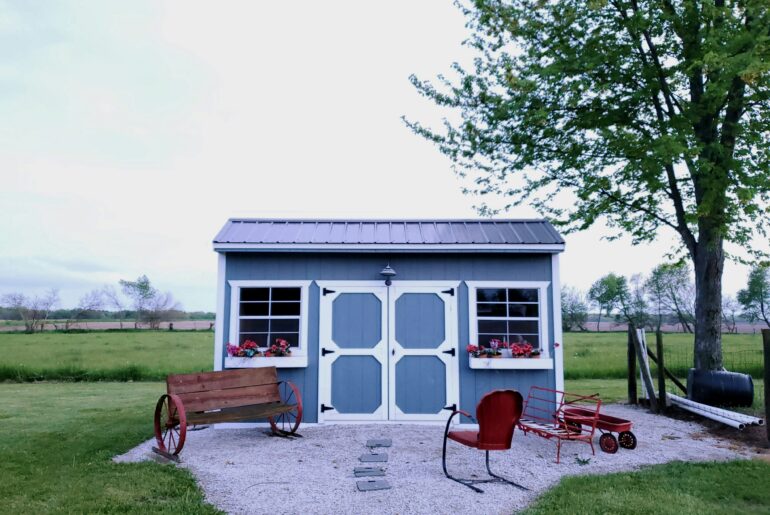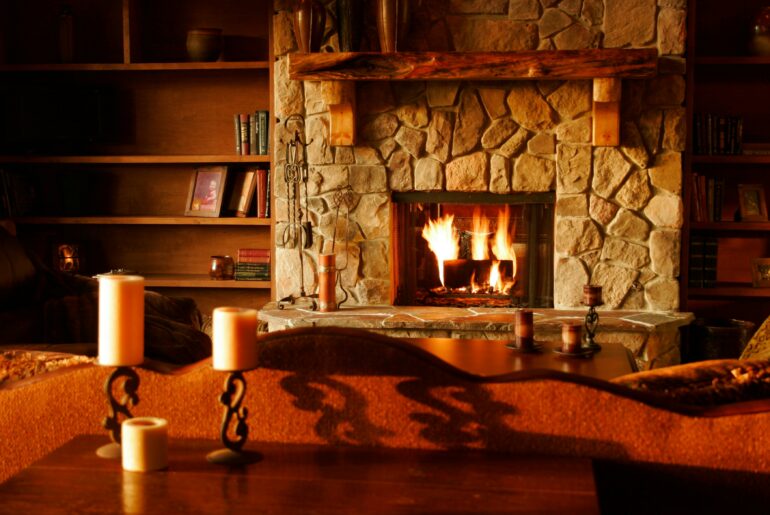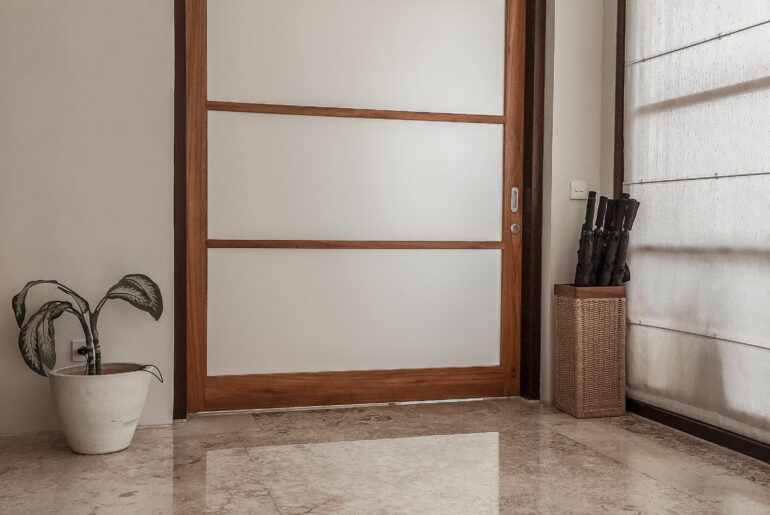Insulation is crucial in regulating your home’s temperature; it can help you cut energy costs and save money. However, keeping the insulation in place can be challenging when you have no idea how it works. So, are there ways to keep your insulator from falling?
There are preventive measures you can take to keep your insulation in place or stop it from falling down. They entail using nettings, wires, and metal hangers, to mention but a few.
What are the best preventive methods? Are there insulation types that don’t need these preventive measures? And are these methods easy to install and affordable?
This article provides the answers to all of these questions and more. Let’s take a closer look at various methods for keeping your insulation from falling.
How to Stop Insulation From Falling
Placing the appropriate insulation in the right place gives you peace of mind. If your insulation is uneven or the insulation board is not coming together, there is a probability that the insulation will fall from where it has been installed. Therefore, it is essential to utilize some preventive measures to ensure that your insulation does not fall to the ground.
There are specific supports available to keep the insulation in place. For instance, selecting suitable quality wire insulation supports is one way to go about it. It is also vital to ensure that the wire is narrow and fits between the joists to keep them attached for a long time.
Are you curious about other preventive measures you can use to prevent your installation from falling? Here are some of the top-listed ones that have proven to work well.
#1. Metal Supports
This preventive method is quite simple and super effective at supporting batt insulation. Metal insulation supports are stiff wires that can bend slightly with little pressure. Usually, they are around 15 ½ inches in length and are about 12 gauge wire.
The way to go about this is to put these metal supports every couple of feet between the rafters or studs used for your attic, and they will hold the batt insulation in place. Also, you don’t have to worry about the cost because they are not very expensive. Metal supports are easy to install and are not extravagant looking, making them unnoticeable even when in view.
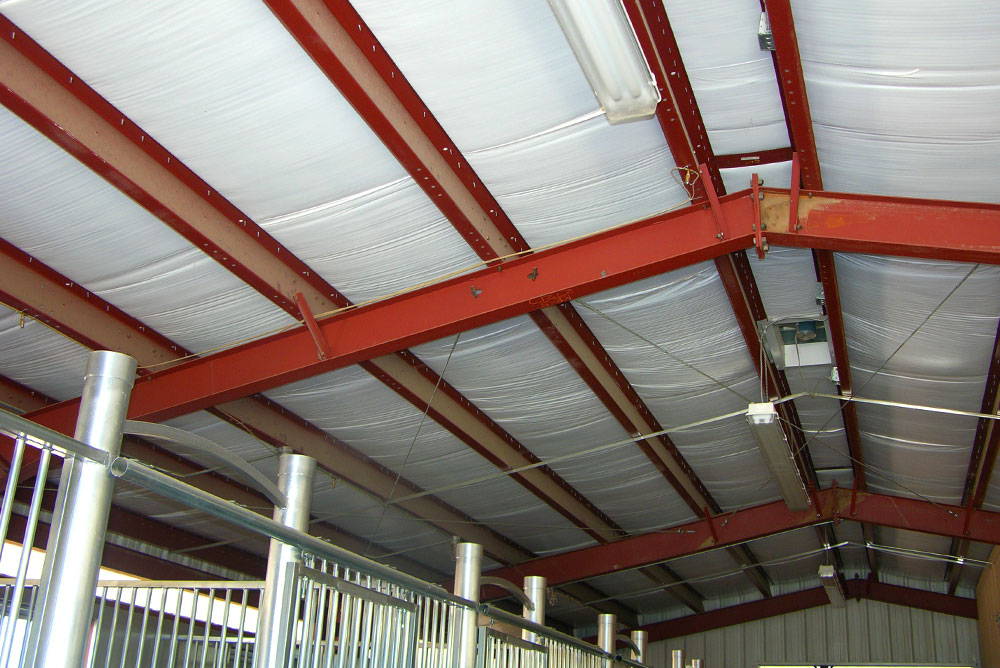
It is best to keep insulation as light as possible because compressing it can reduce its R-value and make it less capable of doing its job. However, a disadvantage of this insulation support is that they compress the material of your roof insulation. To solve this problem, all you need to do is place the metal supports infrequently. Also, ensure that you keep them closer to the outer edge of the wooden stud to provide more room for the insulation.
Pros
- Easy installation
- Pocket friendly
- Discreet
Cons
- Possibility of compressing the insulation
#2. Insulation Netting
Mainly designed to keep the insulation in place, insulation netting is super sturdy. It works so well and usually comes in larger rolls and has smaller holes. Insulation netting is an excellent preventive measure to put in place so your insulation doesn’t fall.
Another benefit of this preventive method is that it doesn’t noticeably stretch over time, making it an excellent option for keeping roof insulation intact. However, you should know that it is more expensive than the usual materials used to prevent insulation from coming down.
To install this, you must attach the insulation mesh netting to the wooden studs from one side to the other. Attach the roll’s end to the wooden beam with a staple gun. Then, continue to unroll the netting until you reach the next rafter to staple down. All through, ensure that the net is taut.
Pros
- It is relatively easy to install.
- Very sturdy
Cons
- Expensive
#3. Nylon Straps
They are easy to find in local hardware stores and are effective at holding roof insulation together. Nylon straps are not expensive, but other similar material substitutes like heavy-duty twine can achieve the same purpose.
A probable disadvantage is the finish of the roof batt insulation after using nylon straps. Hence, using nylon straps is not the best choice aesthetically if you want to leave your attic exposed. However, things can be slightly salvaged if you install them with precision and great care.
Installation of this preventive method is relatively easy. All you need to do is attach the nylon straps to the studs in your attic with attachment materials like a staple gun, nails, screws, hooks, etc.
Pros
- Not Expensive
Cons
- It can be unsightly and not very appealing.
#4. Chicken Wire
Chicken wire is another suitable material for holding roof insulation in place. Chicken wire is heavy and has large hexagonal holes. It is one of the expensive materials for batt insulation support and does the job perfectly. Aesthetically, chicken wire preventive method is a good choice because it complements the look of your attic with its rustic look when exposed to wooden beams.
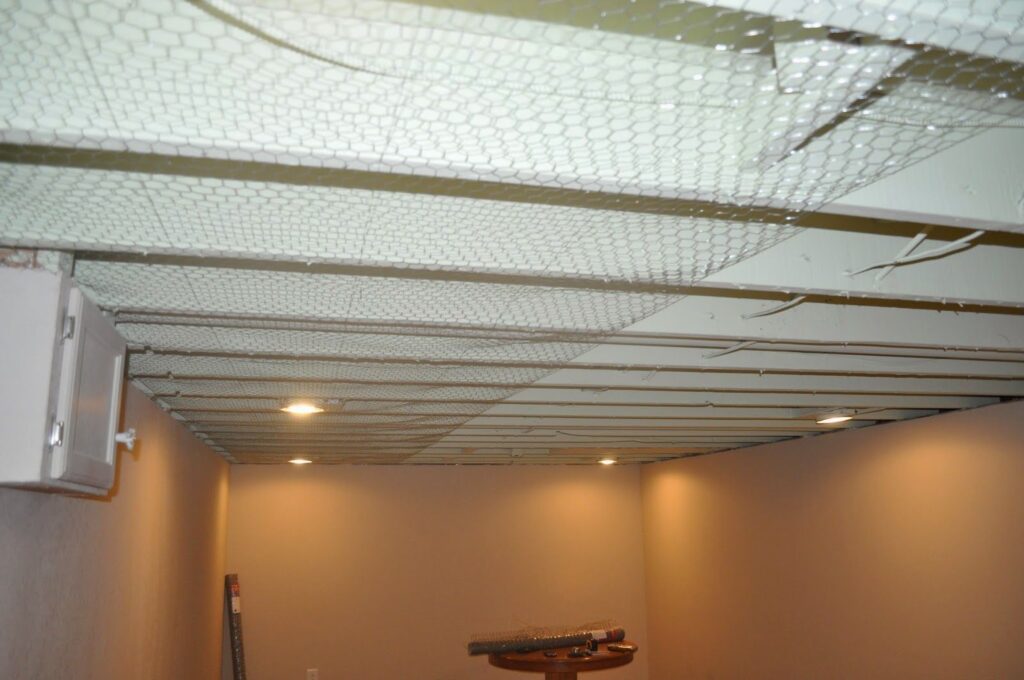
However, a chicken wire has potential tiring installation even with it is more costly than the other methods mentioned here.
Pros
- It has a lovely appearance compared to the other methods.
Cons
- It is expensive.
- It is not demanding to install.
#5. Garden Netting
Although there are numerous types of garden netting, they all have similar features, like being lightweight, coming in rolls of 100 feet, and having small holes. Many professionals say it is similar to insulation mesh netting but more accessible and affordable.
Usually referred to as garden and animal netting, this is a material most people don’t expect to perform the job of holding the roof insulation well. Surprisingly, it works pretty well and is even affordable.
The lightness of the garden netting makes it tough to install. The reason is that it can easily get tangled if care isn’t taken while putting it up. Also, it is essential to install it tight enough because failure to do so makes it stretchy and saggy after some time.
Pros
- It is not expensive.
Cons
- It can be challenging to install.
How to Keep Ceiling Insulation from Falling Down
The preventive measure used to keep ceiling insulation from falling depends on the type of insulation you use. Numerous insulators are available in the market with different price ranges and installation processes. They are; blanket fills insulation, spray foam insulation, structural insulated panels, loose-fill insulation, rigid insulation, etc.
While some don’t require a preventive measure because they are durable, others do. Hence, the best preventative method to keep ceiling insulation from falling is insulation mesh netting. It is a good choice because it is relatively easy to install, inexpensive, and has smaller holes than other preventive nettings.
How to Keep Insulation from Falling In Crawl Space
One way to keep the insulation from falling in the crawl space is by choosing the right size of your crawl space and the quantity of the insulator. Doing this prevents your insulation from compressing, flattening, or bunching up, which is not ideal for insulations. Hence, it is essential to double-check the measurement and quantity else you find your insulation on the floor.
Another way to keep insulation from falling in the crawl space is by opting for other materials aside fiberglass insulation. It is so because once fiberglass insulation is compromised, fixing them to work efficiently might be difficult. But, if you prefer this insulation type, you can use metal insulation supports. However, note that once soaked, it will begin to sag, and there is nothing you can do about it.
You can use spray foam instead, as it is generally recommended for your crawl space because it is water resistant and won’t retain moisture like fiberglass. Since spray foam adheres permanently and directly to whatever surface it is sprayed on, it usually doesn’t need additional support to remain intact. It expands and seals its surrounding wood once sprayed between the wooden studs.

